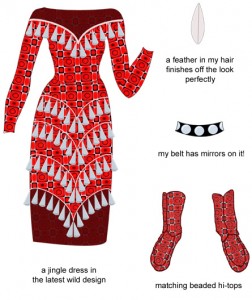Originally, my research interests on the topic of technology and indegeneity centered around language loss and its effect on cultural identity; however, as I compile my resources, my thoughts instinctively lead me to envision how I can incorporate this information into classroom experiences for my students. Moreover, a recurrent theme has emerged in many of the articles that share an indigenous perspective regarding the future prospects of reconciling the relationship between Aboriginal and non-Aboriginal Canadians and it has caught my attention because I believe I am in a privileged position as a teacher to effect change. Misperception radiates from Eurocentric assumptions and has clouded the consciousness of a nation to the point that Canadians are left largely unaware of Aboriginal history and remain indifferent towards indigenous knowledge. The research path that has progressed from this theme leads me towards developing elementary curriculum to illuminate historical and contemporary Aboriginal perspectives that challenge Eurocentric thinking, and the need for a more balanced understanding of the impact colonialism has had on Aboriginal rights and identity as Canada’s indigenous people. I am mindful that my use of technology in this capacity must evoke student’s critical curiosity to build media literacy and initiate a new comprehension of what has been previously determined as fact (Freire, 1997) without unintentionally perpetuating the silent curriculum that our educational system was founded on or encouraging the Eurocentric social and political economy Canada has become accustomed to.
Freire, P. (1997) Pedagogy of the Heart. New York: Continuum.
